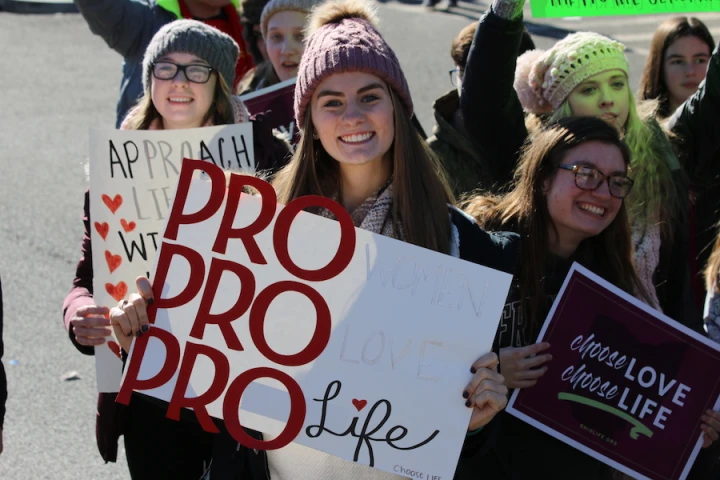Sep 23, 2021
In a long, somewhat rambling piece about the bishops and abortion appearing in the September Commonweal, Peter Steinfels makes a crucial point. It’s been made before by others, but it bears repeating at this moment when the Supreme Court, in the term beginning October 4, is widely expected to reverse or significantly modify Roe v. Wade, its 1973 decision legalizing abortion, and Planned Parenthood v. Casey, the 1992 decision reaffirming Roe.
Even if the court does that, writes Steinfels, former editor of Commonweal and former New York Times religion writer, it will leave a host of issues requiring “a shift in the culture” in a prolife direction for their final resolution. And that, one might add, will make persuading the Supreme Court to reverse Roe and Casey look like child’s play by comparison. The court has scheduled Dobbs v. Women’s Health Organization – the big abortion case everyone is watching – for oral argument December 1.
As someone who devoutly hopes the Supreme Court does indeed overturn those noxious decisions casting the mantle of law – and the Constitution, no less – over abortion, I say amen to that. But suppose Roe and Casey are overturned: what then?
In the short term, several things will happen. There will be fresh demands for court packing – increasing the size of the Supreme Court by as many pro-choice justices as needed to overcome the five- or six-member majority that voted prolife. President Biden has voiced reservations about this step, but our pro-choice Catholic president has been malleable on abortion before and might be malleable again. It could be a nasty fight.


